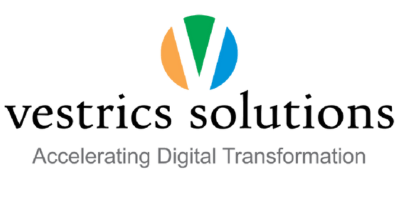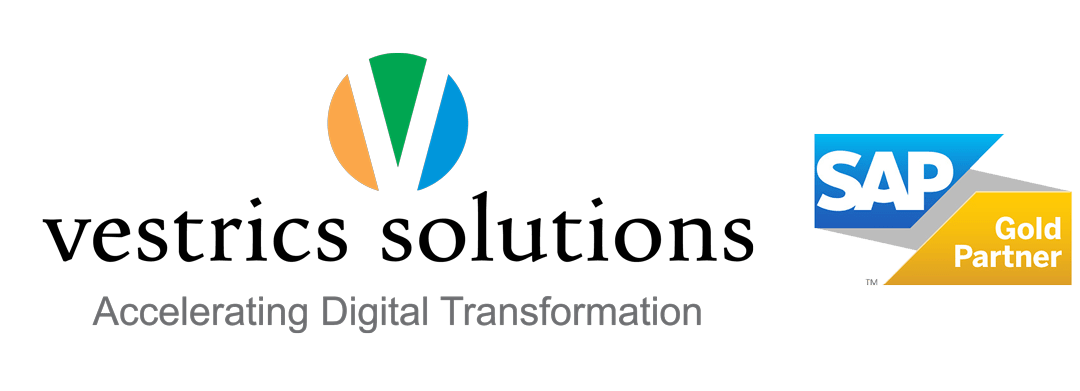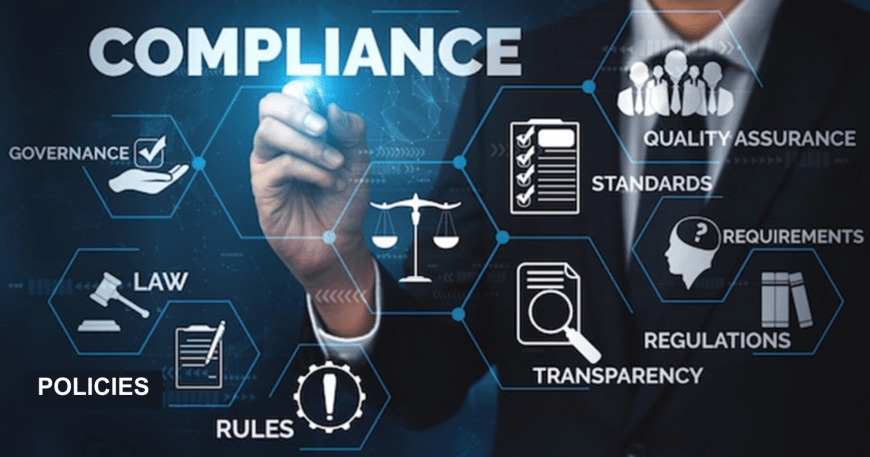The CFO’s Handbook to Mastering SAP S/4HANA Finance
The financial industry is thriving amidst rapid evolution, presenting a wealth of opportunities alongside its existing challenges. To navigate this dynamic landscape successfully, financial institutions are increasingly turning to advanced technologies such as SAP (Systems Application and Products in Data Processing) services. These technologies primarily aim to streamline operations, support informed decision-making, and deliver real-time insights. SAP S/4 HANA – the 4th generation of SAP Business Suite for the finance industry represents a state-of-the-art, intelligent, and integrated ERP suite designed to transform financial processes and drive business growth. In this blog, let us dive into understanding SAP S/4 HANA Finance, functionalities, implementation, benefits, and how it can effectively streamline financial processes for organizations. Understanding SAP S/4HANA Finance SAP S/4HANA Finance represents a paradigm shift in enterprise resource planning (ERP) systems, integrating financial processes with real-time analytics and advanced reporting capabilities. It leverages in-memory computing to process vast amounts of data swiftly, providing instant insights for smarter financial decisions. Key modules include Financial Accounting (FI), Management Accounting, Human Capital Management (HCM), Production Planning (PO), and more, all unified under a simplified data model. Built on the robust SAP HANA (High-Performance Analytic Appliance) in-memory database, SAP S/4HANA Finance represents a significant departure from traditional transactional systems, offering a data-driven, real-time approach that promises unparalleled efficiency and strategic advantage. For most of the CFOs, determining the optimal timing and approach for implementing SAP S/4HANA is a critical strategic decision with a long-term investment, one that could define their technology investment portfolio. They continually grapple with pivotal questions like: 1. What sets SAP S/4HANA Cloud apart from others and why is it a better choice? 2. Key considerations in adopting SAP S/4HANA Cloud. 3. Is our infrastructure and organization prepared for SAP S/4HANA Cloud deployment? 4. What are the available deployment options for SAP S/4HANA Cloud? These inquiries are significant in evaluating the potential benefits and readiness for integrating SAP S/4HANA Cloud into existing systems, aligning technological capabilities with business objectives, and optimizing financial operations through advanced ERP functionalities. Implementing SAP S/4HANA Finance Implementing SAP S/4HANA Finance requires careful planning and execution. CFOs should collaborate closely with IT teams and SAP consultants to define project goals, assess infrastructure requirements, and develop a comprehensive roadmap. Implementing SAP S/4HANA Finance is a strategic endeavor that requires meticulous planning and execution. Here are the essential steps you must consider when implementing SAP S/4HANA Finance: 1. Assessment and Planning: Conduct a thorough assessment of current financial processes and identify gaps that SAP S/4HANA can address. Develop a roadmap outlining implementation phases, resource allocation, and timelines. 2. Customization and Configuration: Tailor SAP S/4HANA Finance to align with your organization’s specific requirements. This involves configuring settings for- Financial Accounting: Customize settings for accurate financial reporting, including a chart of accounts, GL accounting, AP, AR, and asset accounting. Reporting Structures: Define hierarchical structures for reporting, including profit centers and segments. Cost Centers: Configure SAP S/4HANA Finance to manage cost centers effectively, assigning budgets and tracking expenses across departments. Integration with Existing Systems: Customize integration settings to connect SAP S/4HANA Finance with other enterprise systems, ensuring data consistency and operational efficiency. 3. Data Migration: Ensure seamless transition by migrating data from legacy systems to SAP S/4HANA. Assess the quality and relevance of existing financial data. Validate data integrity and consistency throughout the migration process to prevent discrepancies post-implementation. 4. Training and Change Management: Equip your finance team with the necessary skills to leverage SAP S/4HANA functions effectively. Implement change management strategies to foster adoption and mitigate resistance to new processes. Address resistance to change through communication, and stakeholder engagement support mechanisms. 5. Testing and Go-Live: SAP testing ensures enhancements and bug fixes in the ERP system to meet the desired requirements, verifying functionality and providing quality assurance. Implement pilot runs and parallel testing in a controlled environment to validate system functionality and identify potential issues before full deployment. Once that is validated, the go-live phase can be executed in stages to address any issues promptly and ensure smooth operation. Benefits of SAP S/4HANA Finance SAP S/4HANA Finance enables organizations to operate seamlessly within the digital economy. This capability has strongly influenced many businesses that have relied on SAP ERP for years to critically evaluate the business and operational advantages with S/4HANA, and for decades the adoption of SAP S/4HANA Finance has offered multifaceted benefits to CFOs and Finance teams, that include: 1. Real-time Insights: Access to up-to-date financial data enables faster decision-making and agility in responding to market changes. This ensures that CFOs and finance teams have accurate, timely information at their fingertips. 2. Enhanced Efficiency: Standardized workflows and integrated processes across financial modules improve operational efficiency. Automation of routine tasks reduces manual effort, allowing finance professionals to focus on strategic initiatives. 3. Integrated Planning: CFOs can perform comprehensive scenario analysis, budgeting, and forecasting based on real-time data. This integration enables finance teams to align financial goals with strategic objectives more effectively. 4. Compliance and Risk Management: Advanced analytics capabilities within SAP S/4HANA Finance help CFOs identify potential and trends early. Built-in controls and audit trails ensure adherence to regulatory requirements, minimizing compliance risks. Best Practices for Maximizing ROI Organizations can significantly enhance their return on investment (ROI) by leveraging SAP S/4 HANA Finance and by incorporating it effectively. Organizations can effortlessly achieve their enterprise transformation objectives and maintain competitiveness in today’s rapidly evolving business environment easily with : 1. Continuous Learning: SAP regularly releases updates, patches, and new functionalities of S/4 HANA Finance. Stay updated with SAP’s latest features and enhancements to leverage new functionalities effectively. 2. Optimized Processes: Regularly review and optimize financial processes to identify inefficiencies, bottlenecks, and areas for improvement and to align with evolving business needs and industry standards. 3. Data Governance: Establish robust data governance frameworks to maintain data integrity and enhance decision-making accuracy. Utilize SAP S/4HANA Finance’s built-in security, such as access controls and encryption, to safeguard data confidentiality and prevent unauthorized access. 4. Collaboration: Foster collaboration between finance and other departments to drive













